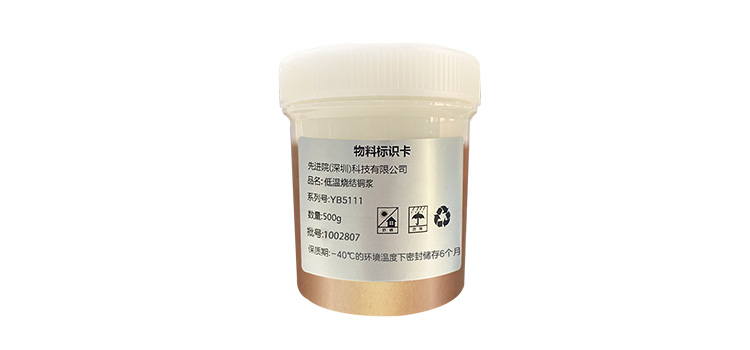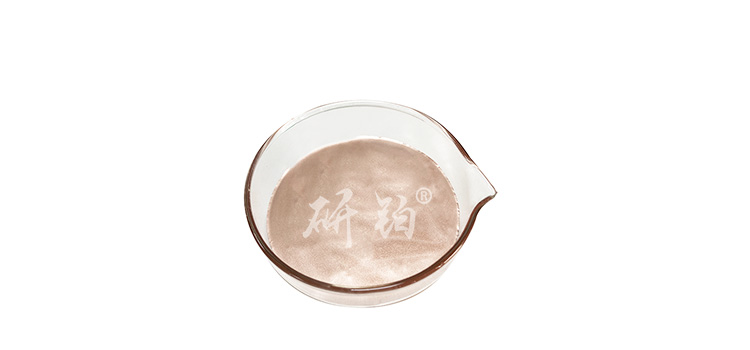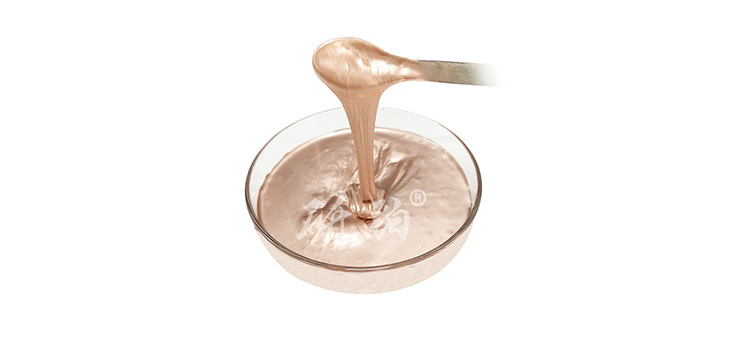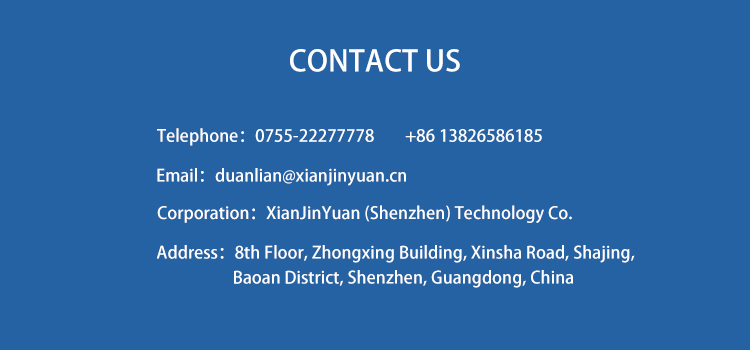

Hotline:0755-22277778
Tel:0755-22277778
Mobile:13826586185(Mr.Duan)
Fax:0755-22277776
E-mail:duanlian@xianjinyuan.cn
Low temperature sintered copper paste, as an advanced electronic material, plays an important role in modern electronics industry. The determination of the sintering temperature range is crucial for the performance and application of the material. This article will explore in depth how to determine the sintering temperature range of low-temperature sintered copper paste, and combine it with the research of Advanced Institute (Shenzhen) Technology Co., LtdYB5111 low-temperature sintered copper paste from Yanbo brandConduct a specific analysis.
The sintering temperature range of low-temperature sintered copper paste is influenced by various factors, including material composition, particle size, sintering atmosphere, heating rate, and insulation time.
The composition of copper paste, including copper powder, glass powder, organic binder, etc., has a significant impact on the sintering temperature range. For example, the purity and shape of copper powder can affect the diffusion rate and densification process during sintering.
The size distribution of copper powder and other particles in copper paste directly affects the particle rearrangement and densification during sintering process. Smaller particles typically help to lower the sintering temperature as they have a larger specific surface area and more diffusion pathways.
The sintering atmosphere (such as oxygen, nitrogen, reducing atmosphere, etc.) can also affect the sintering temperature range of copper paste. Different atmospheres may cause oxidation or reduction of copper powder in copper paste, thereby affecting the diffusion rate and densification process during sintering.
The heating rate has a significant impact on the sintering temperature range. A faster heating rate may lead to an increase in thermal stress in the copper paste, thereby affecting particle rearrangement and densification during the sintering process.
The insulation time refers to the holding time at the sintering temperature. Adequate insulation time can ensure sufficient diffusion and densification of particles in copper slurry, but prolonged insulation time may lead to excessive densification or grain growth of copper slurry.
The determination of the sintering temperature range for low-temperature sintered copper paste usually requires experimentation. The following is a commonly used experimental method:
Design a series of sintering experiments at different temperatures, usually starting from lower temperatures and gradually increasing to higher temperatures. Set a certain insulation time at each temperature point.
supportYB5111 low-temperature sintered copper paste from Yanbo brandCoat on the substrate to form a uniform thin film. Then, place the sample into the sintering furnace and sinter it according to the designed temperature program.
After sintering, perform performance tests on the sample, including conductivity, adhesion, hardness, etc. These performance parameters can reflect the sintering effect of copper paste at different temperatures.
Based on the performance test results, draw the relationship curve between performance parameters and sintering temperature. By analyzing the curve, the optimal sintering temperature range can be determined. Within this temperature range, the sintering effect of copper paste is optimal, and the performance parameters reach their optimum.
according toAdvanced Institute (Shenzhen) Technology Co., LtdAccording to the provided data, the sintering temperature range of YB5111 low-temperature sintered copper paste from Yanbo brand is usually between 180 ° C and 300 ° C. Within this temperature range, copper paste can achieve good sintering effect, forming a uniform and dense conductive layer.
In order to verify the sintering temperature range of YB5111 low-temperature sintered copper paste from Yanbo brand, we conducted relevant experimental tests.

After sintering, conduct conductivity testing on the sample. Measure the resistivity of the sample using a four probe tester to reflect the sintering effect of the copper paste.
The experimental results show that the resistivity of YB5111 low-temperature sintered copper paste from Yanbo brand gradually decreases with the increase of temperature in the temperature range of 180 ° C to 300 ° C. At 250 ° C, the resistivity reaches its lowest value, indicating that the sintering effect of the copper paste is optimal at this time. When the temperature continues to rise to 300 ° C, the resistivity slightly increases, which may be due to excessive densification or grain growth of the copper paste.
Low temperature sintered copper pasteThe sintering temperature range is influenced by various factors, including material composition, particle size, sintering atmosphere, heating rate, and holding time. The optimal sintering temperature range can be determined through experimental methods. For the YB5111 low-temperature sintered copper paste of the Research Platinum brand, the sintering temperature range is usually between 180 ° C and 300 ° C, with 250 ° C being the optimal sintering temperature. Within this temperature range, copper paste can achieve good sintering effect, forming a uniform and dense conductive layer, meeting the demand of modern electronic industry for high-performance electronic materials.
The above data is for reference only, and specific performance may vary due to production processes and product specifications.

Advanced Institute (Shenzhen) Technology Co., Ltd, © two thousand and twenty-onewww.avanzado.cn. All rights reservedGuangdong ICP No. 2021051947-1 © two thousand and twenty-onewww.xianjinyuan.cn. All rights reservedGuangdong ICP No. 2021051947-2